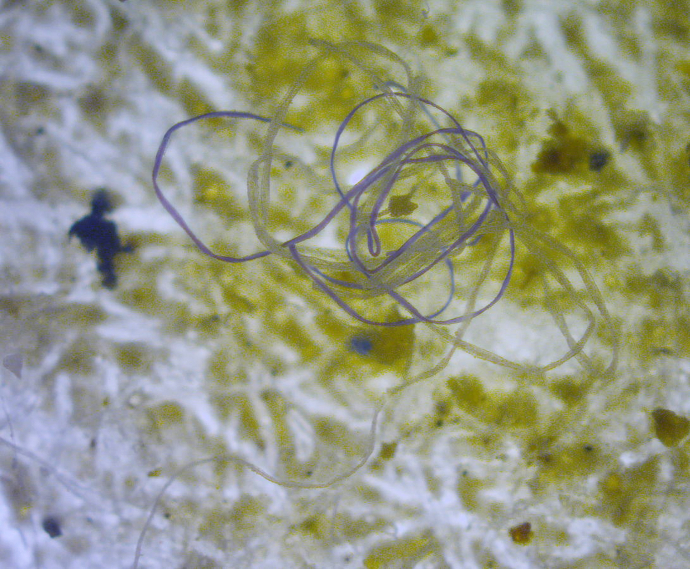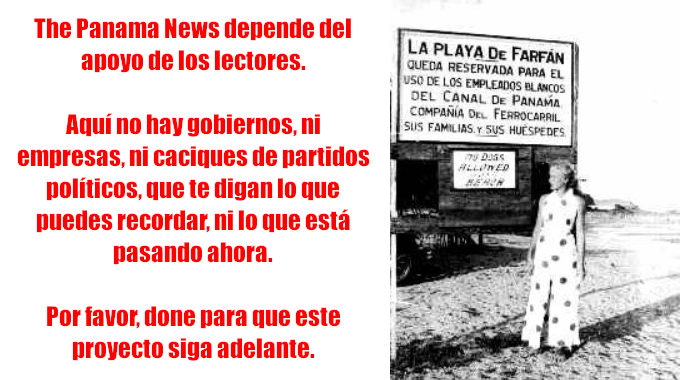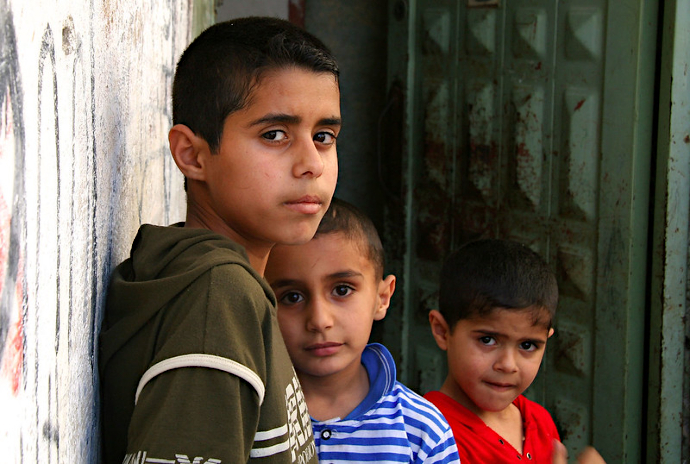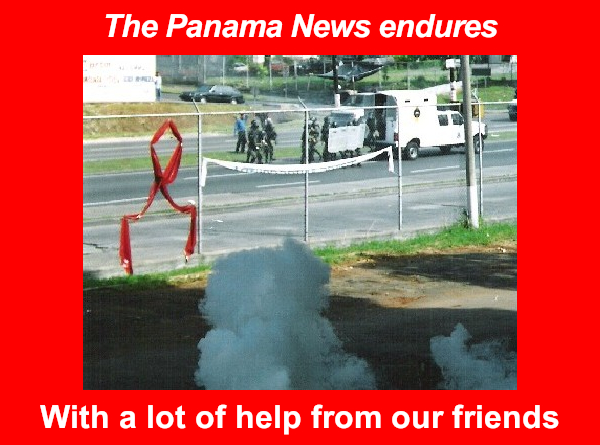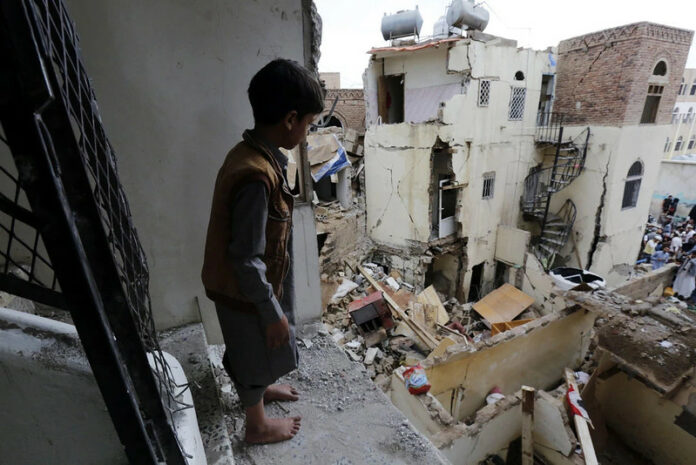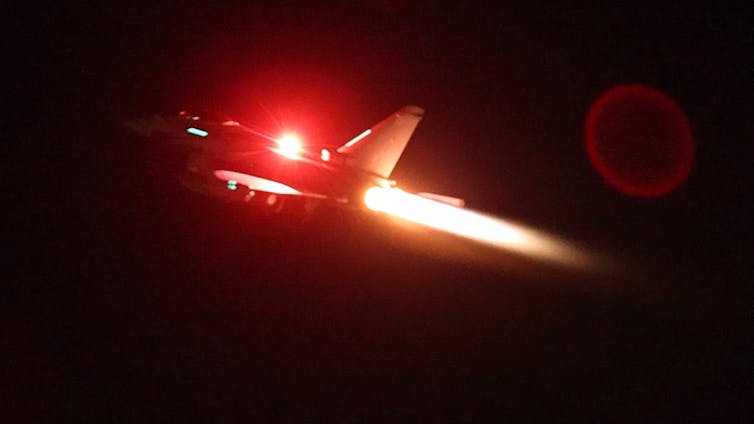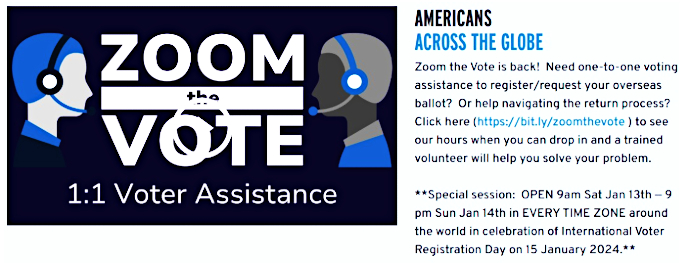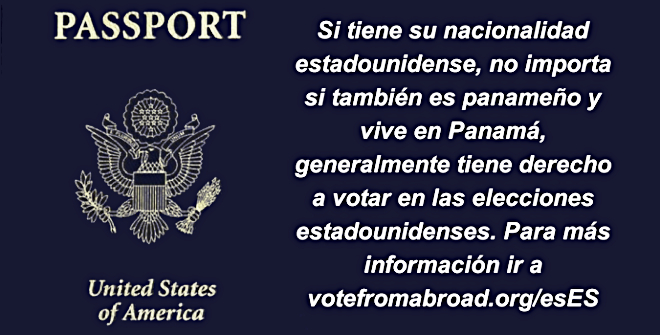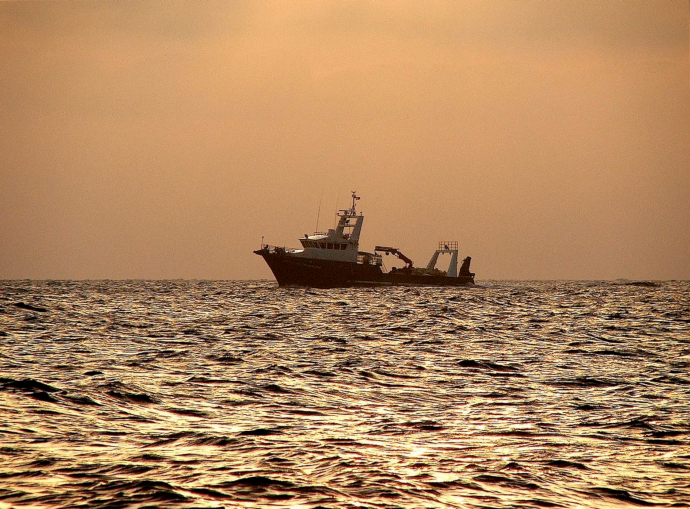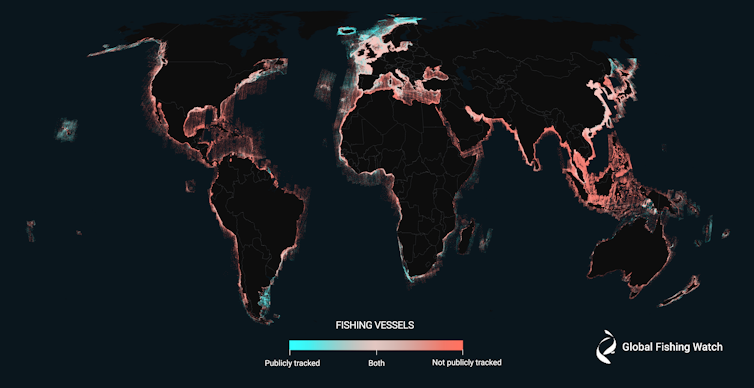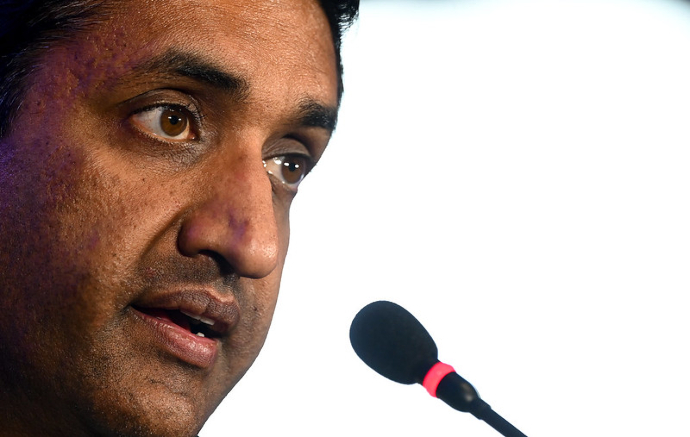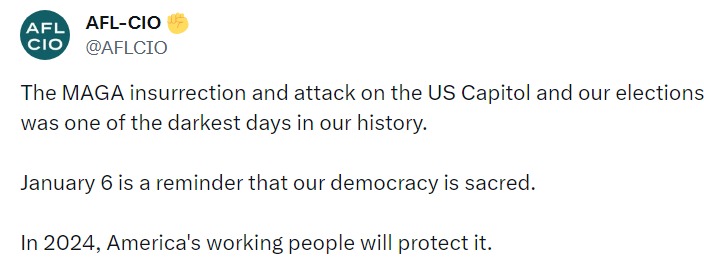Fibras Microplásticas identificadas en el ambiente marino. Wikimedia foto por M.Danny25.
Cómo se comportan los pélets
de plástico en el medio marino
por Lucía Viñas Diéguez y Jesús Gago — Instituto Español de Oceanografía
Se estima que cada año se vierten al océano entre 52 000 y 184 000 toneladas de pélets de plástico debido a una mala gestión en su cadena de producción y transporte. Estas pequeñas esferas, que estos días están llegando a las costas gallegas, tienen entre 2 y 5 mm de diámetro y se componen, generalmente, de un porcentaje elevado de polímero (polietileno, polipropileno, etc.) y un menor porcentaje de aditivos (estabilizadores UV, retardantes de llama, etc.).
Los pélets son sólidos, persistentes, no solubles, no emulsionantes, no biodegradables y la mayor parte son flotantes.
Estas partículas se usan generalmente como materia prima en la fabricación de artículos de plástico. En este proceso se diferencian dos fases principales: en la primera se elabora el polímero (conteniendo ya diferentes proporciones de aditivos) y se presenta en forma de pélets y en la segunda, partiendo de estos pélets y por diferentes procesos industriales (moldeado, inyección, etc.), se les da la forma final para su uso.
En 2019 se produjeron 460 millones de toneladas de pélets de plástico y se estima que en 2040 se producirán 540 millones de toneladas si no hay acciones para reducir su producción.
Del agua a las playas
La composición concreta del pélet va a determinar su densidad y ésta es la que determina su comportamiento una vez en el agua. Si son menos densos que el agua de mar (alrededor de 1,025 g/ml), flotarán en ella, y si son más densos, se hundirán.
En el caso de los pélets que se han vertido cerca de la costa gallega, se trata de polietileno. Este material tiene una densidad inferior a la del agua de mar (alrededor de 0,9 g/ml) y, por tanto, flotan en el agua y son arrastrados por corrientes y mareas pudiendo viajar grandes distancias en el medio marino.
Cuando llegan a la costa, estas partículas se ven arrastradas a tierra impulsadas por las mareas y olas. Lo más habitual es encontrarlas mezcladas con otros residuos que quedan en la zona más alta que alcanzó la marea.
Debido a sus características fisicoquímicas, los pélets pueden volver a ser transportados por el viento dentro de la playa o bien volver al agua con la siguiente marea. También es posible que por efecto de las olas o por las propias pisadas de la gente puedan ser enterrados en la arena.
¿Van a desaparecer con el tiempo?
Una de las características del material plástico es su alta durabilidad. Son materiales que resisten bien el paso del tiempo y son difícilmente degradables. Si, además, como parece que ocurre en el caso del material vertido estos días, el pélet tiene un tratamiento para evitar degradación por los rayos UV, es de esperar que su degradación sea más lenta.
Lo que suele ocurrir es que se van degradando y rompiendo en partículas más pequeñas. En este caso es de esperar que se formen microplásticos más pequeños y finalmente nanoplásticos a partir de los pélets.
Cualquier sustancia, partícula o energía que llegue al medio como consecuencia de la actividad humana se considera contaminación y es, en principio, un problema medioambiental.
Además, según la composición de la sustancia concreta podemos tener un problema de toxicidad.
Los polímeros, de modo general, son materiales en principio inertes y de ahí su baja degradabilidad. Pero que el polímero sea inerte no lo libra de posibles efectos nocivos como pueden ser la obstrucción del aparato digestivo de los animales que los ingieran
Por otro lado, en un plástico además de polímeros tenemos uno o más aditivos que pueden ser más o menos nocivos según su composición. Por eso es importante conocer la composición de los aditivos concretos de los pélets vertidos.
¿Cuál es su impacto en el medio marino?
Los pélets pueden producir varios impactos en el medio marino:
-
La fauna marina los puede confundir con comida y provocarles asfixia o acumularse en el estómago, y entrar en la red trófica.
-
Pueden tener un impacto ecotoxicológico en el ecosistema (toxicidad de la sustancia sobre un ecosistema). Esto va a depender principalmente de los aditivos.
-
Pueden funcionar como vector de transferencia de sustancias tóxicas adsorbidas del medio y de patógenos que se puedan adherir a los pélets, como virus o bacterias.
-
Además, pueden tener un impacto socioeconómico como cierre de playas, impacto en instalaciones de acuicultura o deterioro visual de hábitats, entre otros.
Pero mas allá del impacto de este vertido concreto, que dependerá de la cantidad de pélets así como de su composición, lo importante sería que nos concienciásemos del impacto medioambiental de los microplásticos y nanoplásticos y empecemos a tomar medidas para evitar su llegada al medio ambiente.![]()
Lucía Viñas Diéguez, Investigadora Científica. Contaminacion marina, Instituto Español de Oceanografía (IEO – CSIC) y Jesús Gago, Cientifico titular en basuras marinas, Instituto Español de Oceanografía (IEO – CSIC)
Este artículo fue publicado originalmente en The Conversation. Lea el original.
Contact us by email at / Contáctanos por correo electrónico a thepanamanews@gmail.com
To fend off hackers, organized trolls and other online vandalism, our website comments feature is switched off. Instead, come to our Facebook page to join in the discussion.
Para defendernos de los piratas informáticos, los trolls organizados y otros actos de vandalismo en línea, la función de comentarios de nuestro sitio web está desactivada. En cambio, ven a nuestra página de Facebook para unirte a la discusión.
~ ~ ~
These announcements are interactive. Click on them for more information.
Estos anuncios son interactivos. Toque en ellos para seguir a las páginas de web.
The norm for the past few generations is that the party that holds the executive gets smashed in the next general elections. The last period in which that was disrupted, at the end of dictatorship time, there was a slow-moving disaster with a stole 1984 presidential election, an attempt to annul a lost 1989 election and atop all of the other damage, the blood-soaked catastrophe of the US invasion. With the latter came an “It’s OUR TURN to steal!” crowd and Panama has had factions of those ever since. Usually, at this time in the political cycle the partisan appointees in government are stealing or extorting or selling what they can, with the expectation that this time next year they won’t be on the government payroll. But there are, as usual, these incumbent party bosses who think that they have all of the angles figured. The ridiculous Gaby Carrizo carrying the banner of a PRD split into three pieces, Ricardo Martinelli with a more than 10-year prison sentence hanging over his head – and these are the men upon whom the “smart money” is betting? Add in a debilitating drought and a crushing public debt, and we are into instability times. Most probably, improbable things will happen. And in the face of all of that YOU – your sense of moral rectitude, your judgment about what’s tolerable and what isn’t, the examples of your deeds far more than what you say – are the nuts and bolts that can keep this society from falling apart. Hold strong. One hundred days of one history’s most ferocious military assaults on a civilian population, more than three months of all-out war between the Israeli Defense Forces and Hamas, and guess what? Hamas is still in the field, offering organized armed resistance. The war has spread to other places in the region. Israel and its backers have been isolated in world opinion. The prime minister of Israel is deeply despised by his own constituents and his most important foreign backer, the president of the United States, is in political trouble over his support for Israel. The Israeli victory won’t be televised because there won’t be one. Israel has lost the Gaza War. And as we let our own light shine, we unconsciously give other people permission to do the same. Marianne Williamson Aldous Huxley You fail to see Uzma Jalaluddin ‘Freedom from fear’ could be said to sum up the whole philosophy of human rights. Dag Hammarskjold Contact us by email at thepanamanews@gmail.com To fend off hackers, organized trolls and other online vandalism, our website comments feature is switched off. Instead, come to our Facebook page to join in the discussion. These links are interactive — click on the boxes
An editorial page delayed by illness…
Is this election year’s smash-and-grab season prematurely becoming a trash-and-burn event? Here we have a footpath, a common area, being burned to make way for private automobile parking – no permit, no environmental study, no public consultation of any sort. Yes, a PRD government headed toward defeat may talk about things like this – with copious beer can litter left behind – as “decentralized development.” Forget that. Choose well among the remaining alternatives. Photo by Eric Jackson.
Skipping a beat in the alternation?
When all-out war broke out again in October, there were more than a million underage Palestinians living in Gaza. With bombs, bullets, starvation, water and electricity cutoffs, the Israelis have killed thousands of these. A great many have been forced into exile. However, the great majority of Gaza kids survive, haunted by memories that will make them into adults with whom Israel will not want to deal, no matter if the improbable war aim of eliminating Hamas is achieved. Photo of Gaza boys by Suhair Karam – IRIN.
Israel’s victory in the Gaza War will not be televised
Marianne Williamson, from her website.
Bear in mind…
Happiness is not achieved by the conscious pursuit of happiness; it is generally the by-product of other activities.
The dignified persona
Of a woman wrapped in maturity.
The scarf on my head
Does not cover my brain.

